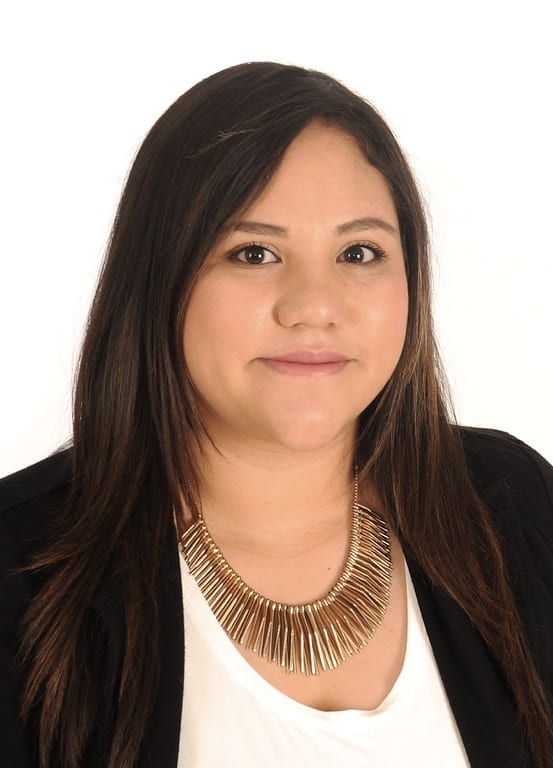I was recently asked by a client ““How do you reverse engineer your way towards meeting your financial goals?”. This is a great question!
How Do You Put Reverse Engineering into Practice to Hit your Financial Goals?

Whether you want to save more towards your emergency funds, pay-off your Discover credit card, or purchase your first home with 10% down, the premise is always the same when you are working to hit financial goals. You start with your specific goal first and work out the steps in reverse.
For math purposes, let’s say your goal is to purchase your first home in 18 months, with 10% down ($18,000).
This goal may seem daunting but take it one step at a time. To develop a plan of action, start by pulling the layers of the goal apart. (Think of it like pulling back the peel on a banana). That’s how we reverse engineer.
1. Stop the Guesswork
The first step to reverse engineer your financial goals is to get super clear on what the actual goal is. Knowing “approximately” or a “guesstimate” can really derail your whole plan if it ends up being inaccurate. Take the time to do your research and find out exactly how much you will need, how much total debt you really have or what something actually costs.
In this case, start by determining how much you can afford by chatting with a Mortgage Lender or Broker. It’s never too early to have a conversation with a mortgage professional. You do not need to commit or even complete an application to start the conversation. They will help you determine approximately how much you need to save for your downpayment and closing cost.
2. Do the Math!
Now that you have an estimated amount, work backward on how much you need to save each month in order to hit your goal of purchasing a house in a year and a half.
Remember, in this example, the GOAL was a 10% downpayment within 18 months.
- 10% down plus fees = $18,000
- $18,000 / 18 month = $1,000 per month saved
3) Where is the money coming from?
This is one of my favorite topics that I could talk about all day. It’s like a game to me! Let’s start with a few quick-hitters.
- Call your internet provided and ask for a promotional rate. I’ve been doing this for 10+ years and have saved over $3,000.
- Look to switch your cell phone plan and always quote out your auto and home insurance every 12 months.
- Prep for grocery shopping. Better yet, purchase online so you know exactly how much you are spending. Set a goal to only grocery shop one time per week.
These are just a few examples of ways you can find extra money in your budget. During your Power Plan session we can dig into this much deeper and find hundreds of extra dollars for you to save!
4) Write down any obstacles or setbacks you might experience.
Let’s be honest. Nobody’s perfect 100% of the time. Being honest with yourself that certain obstacles might come up during your financial journey is not only practical it’s necessary.
For example, I often see small setbacks with my clients when friends come to town. One strategy we implement is pausing all restaurant expenses at least 7-10 days prior to their arrival. An additional strategy is to fill up on a homemade breakfast. Breakfast is cheap, so keep it that way! Plan ahead and don’t shy away from the conversation of free activities that you came up with.
Brainstorming what your setbacks might be is a crucial part of financial planning and something we tackle in the Power Plan session.
5) Get Organized!
Have you ever started saving for a goal, only to have that money get eaten up by another unexpected expense? Frustrating and very common!
You need to be intentional in thinking about where you will deposit these funds. How do you make sure they don’t get eaten up by other expenses or goals?
I recommend you don’t commingle your savings. Having multiple savings accounts allows you to set and track specific savings targets. When all of your savings are lumped into one account, it’s hard to separate your individual goals and get an accurate picture of where you are. Check out Ally’s new saving tool. They have virtual saving buckets that allow users to move their funds into separate “digital envelopes” without having to open up multiple savings accounts!
For a large investment like this one, I also encourage you to look into a high yield savings account at places like Ally, CapitalOne360, or Goldman Sachs.
6) Automate your plan!
The best plans are the ones you don’t even have to think about! Set up your savings to automatically transfer a set amount on a set date every month or paycheck. Think of it like a bill you have on autopay.
Follow these 6 steps to reverse engineer your plan of action. Then leave a reminder for yourself in a place you see daily so you will always see it and be reminded of the goal you set and how you’re going to achieve it!
If you want help reverse engineering a financial goal, reach out to me. I can help you dig through these steps in-depth and make a customized plan that works for your life.
Meet MicKallyn

Hi, I’m Mickallyn, a Mortgage Lender/Banker turned Financial Coach. When student loans put me in debt, I knew I didn’t want to live the rest of my life paying them off, so I figured out how to pay them all off in just a year. Now I have zero debt, 3 homes, 4 college degrees and am raising two little boys. I’ve traveled to over 22 countries and live a debt free life. I’m committed to helping others do the same through 1 on 1 coaching and personalized plans that actually work.





